


Anicka Yi
In Love with the World
“I wanted to expand on the ideas from Venice, to explore the poetic and philosophical potential of machines. How can humans and machines be companions and kin of one another, not fulfill this master-slave binary of machines or humans as overlords to the other.”Anicka Yi

LAb[au]
What hath God wrought?
The title of the installation is a line from the Book of Numbers in early modern English. It was the first message transmitted by telegraph in 1844, the first communication technology on the basis of electricity and binary coding. The artwork is fed by the 100 most used words in Thomas More’s book ‘Utopia’, feeding the correspondence between a series of telegraphs. The telegraphs translate the words into sound and light. Written rolls of paper drift to the floor. Slowly but surely, mistakes slip into the closed system and the meaning of the words alters. The Morse orchestra deals with the rationalism of the Renaissance and its belief in progress and posits by contrast an aesthetic of a self-regulating system in which the fault rules and defect becomes beauty.

Studio TheGreenEyl
Appeel
»Appeel« is a game without rules. It starts with a wall that is covered all over with a signal red adhesive foil. The foil consists of thousands of circular stickers pre-cut in a narrow grid that wait to be pulled off and put in a new order by the visitors. The stickers, and its white negative on the wall, form, similarly to binary coded pixels, ornaments, news and pictures – on the original wall and far beyond: they move to adjoining rooms, onto faces and even leave the city.

Erwin Redl
Matrix Paris
Matrix Paris is a fully immersive and experiential light installation. The visitors walk into a maze of LED lights distributed over two floors. The colors of the lights slowly change between red and blue. These colors delineate the visible color spectrum as well as the spectrum of our human emotion with red as the most sensual color and blue as the cool, rational counterpoint. The corporeal intensity of the immersive aesthetic experience combined with the underlying technological aspects of a highly sophisticated binary logic blurs the border between the virtual and the real.
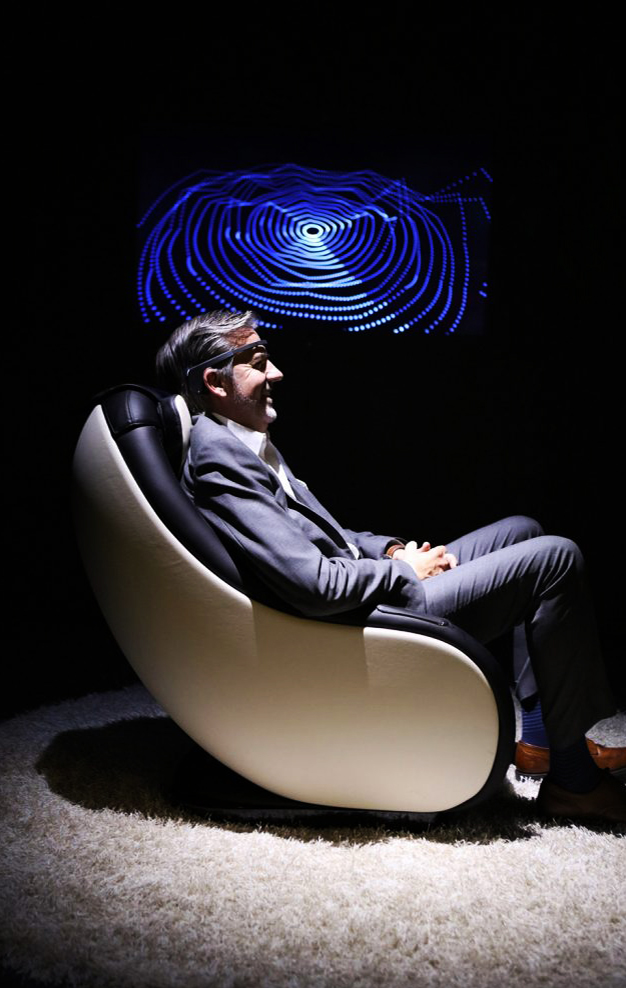
Maurice Benayoun
Maurice Benayoun and Tobias Klein
Brain Factory Prototype 2
Brain Factory is an installation that allows the audience to give a shape to human abstractions through Brain-Computer Interaction (BCI), and then to convert the resulting form into a physical object. The work examines the human specificity through abstract constructs such as LOVE, FREEDOM, and DESIRE. The project articulates the relationship between thought and matter, concept and object, humans and machine. Brain Factory uses Electroencephalography (EEG) data captured by BCI. As a brain activity is unique, we developed a novel calibration process of the individual data readings and associated emotional responses within a framework of binary outcomes. This is key for a real-time feedback – a biofeedback – between the virtual generative processes and the brain’s associated response.
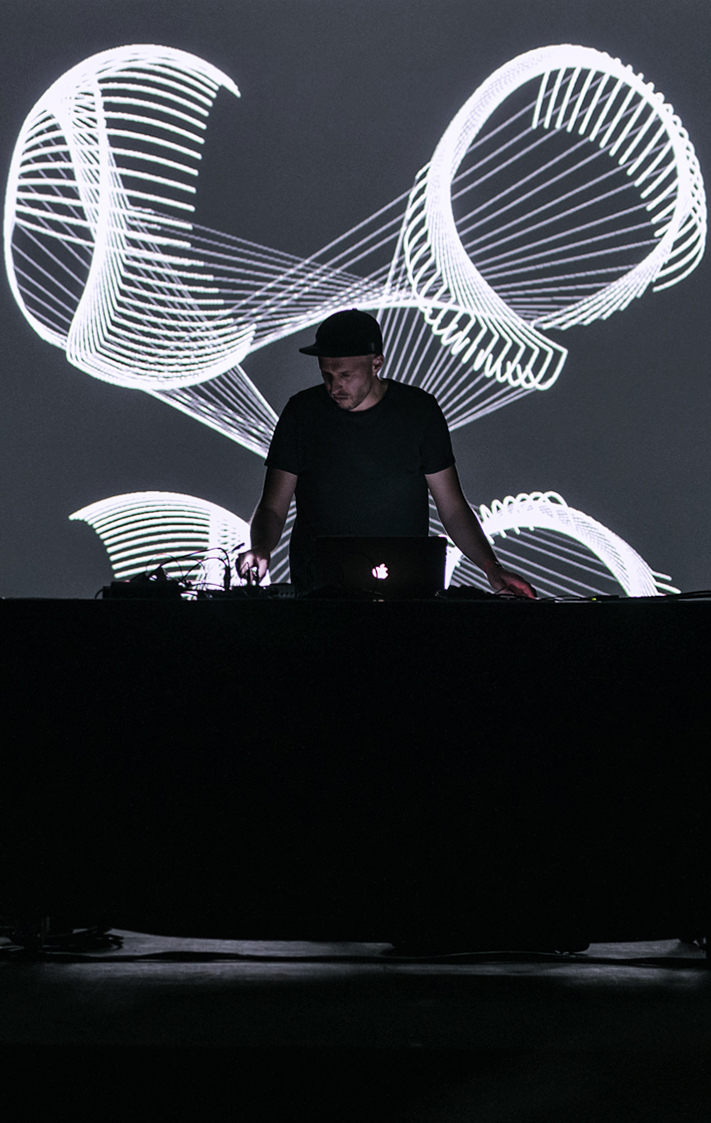
Andreas Lutz
Binary Supremacy
Binary Supremacy is the continuation of Lutz´s previous album Zwölftonform from 2016. The initial investigation and visualisation of abstract sounds now led to a more concrete, rhythmic and narrating soundscape.

Stine Deja
poster sky3
Deja’s work is so effective because it engages with the aesthetics of new technologies in order to critique their sociological, psychological, and physical impact on our embodied selves. At times idealistic and others damning, Deja avoids sorting technology into a
good-bad binary, but instead allows both ends of that spectrum to proliferate, allowing visitors to her supersensory exhibitions come to their own conclusion. She just asks “Technology enhances
and simplifies communication, but are we really more connected?”

Godfried Toussaint
The Geometry of Musical Rhythm: What Makes a “Good” Rhythm Good? ” is a book on the mathematics of rhythms and drum beats. It was written by Godfried Toussaint, in order to study rhythms mathematically, Toussaint abstracts away many of their features that are important musically, involving the sounds or strengths of the individual beats, the phasing of the beats, hierarchically-structured rhythms, or the possibility of music that changes from one rhythm to another. The information that remains describes the beats of each bar (an evenly-spaced cyclic sequence of times) as being either on-beats (times at which a beat is emphasized in the musical performance) or off-beats (times at which it is skipped or performed only weakly). This can be represented combinatorially as a necklace, an equivalence class of binary sequences under rotations, with true binary values representing on-beats and false representing off-beats.
imagen: Ethan-Hein-blog
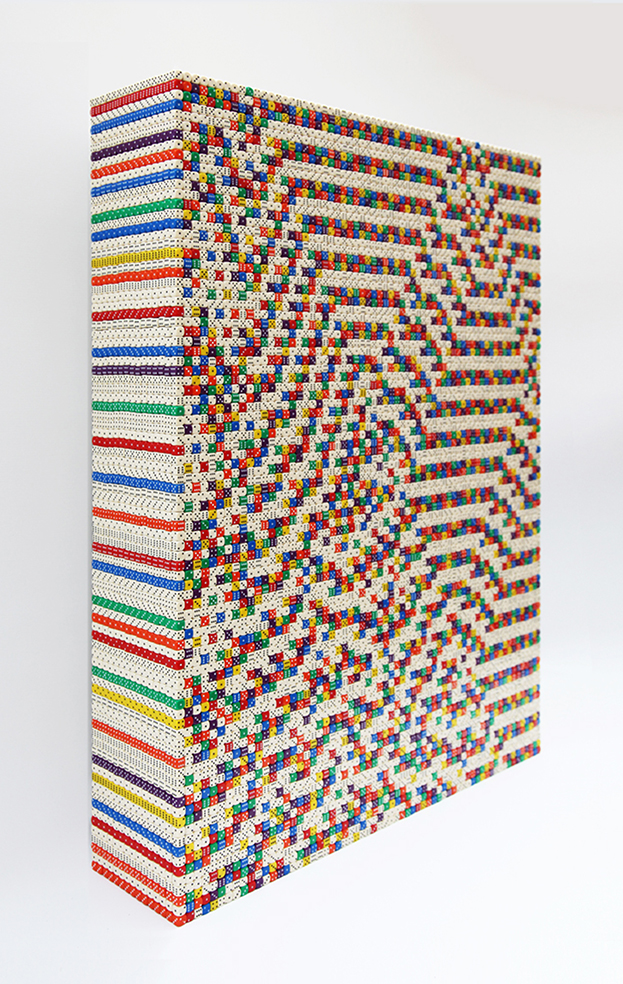
Troika
Reality is not Always Probable
‘Reality is not Always Probable’ is constructed from tens of thousands of colourful dice and is generated, line by line, by manually emulating the rules of a simple computer binary program. Its title references a quote by Jorge Luis Borges and men’s disquiet towards a lack of controllable or predictable events and the belief that complete knowledge is impossible.

Yihan LI
The design of a global atmospheric research center employs the sphere for both its iconic and volumetric qualities. . .
A set of spheres are repeatedly scaled, each tangent to the last, and dissected by orthogonal cuts to create distinctive spaces with both soft and hard thresholds that suit the unique functions of each program. The complex contains: simulation laboratories; a research lab; control center; administrative offices; auditorium; and maintenance and public spaces. Users enjoy a binary experience when inhabiting the convex and concave surface of the spheres as they circulate between them in a spiral manner. The contrast between orthogonal and spherical, in addition to material and atmospheric transformations, reflects and celebrates the nature of the building as a research institute studying the air of the future.
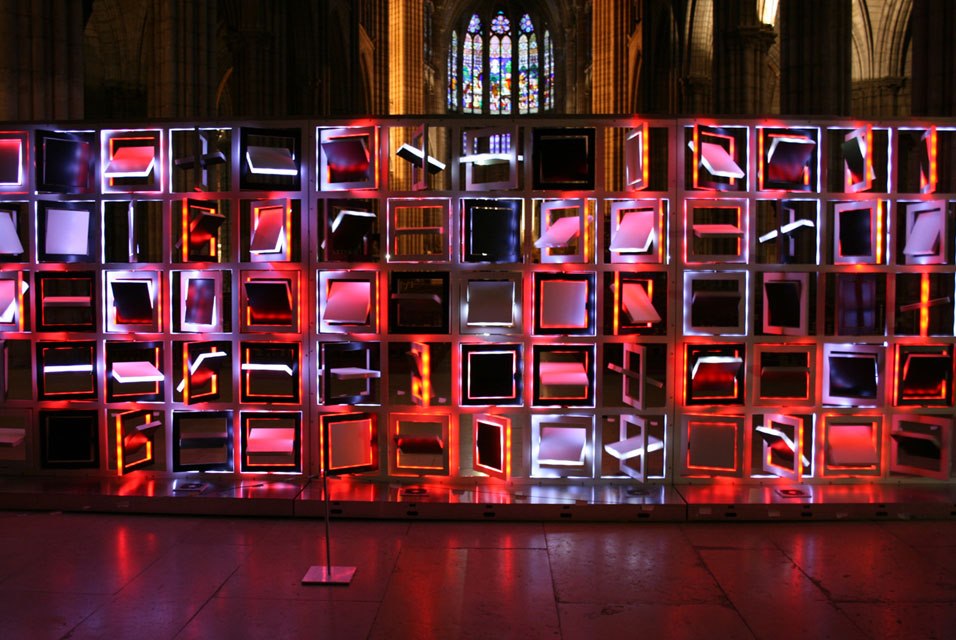
LAB[AU]
f5x5x5
f5x5x5 is a kinetic light sculpture conceived of and realized by the belgian design studio lab[au]. the project was most recently installed in the basilique de saint denis in paris for nuit blanche 2009. the design consists of fixed and kinetic aluminum frames that can move randomly or be programmed for use as a low resolution display. the piece is designed as a framework, taking inspiration from software development
frameworks. in the case of the project, the framework is a five by five module which is repeated five times
to create the final form. one side of the work is white, while the other is black. the 125 pixel screen works on binary language and can transform captured data from the physical environment into kinetic actions.
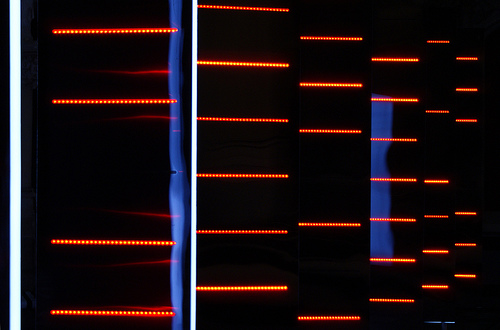

AL AND AL
The Creator
Decades ago, Turing famously asked, ‘Can machines think?’ and ever since, the notion of computers exceeding human intelligence has transfixed researchers and popular culture alike. For their fantastical Turing interpretation, the directors conjoin Lynchian nightmare with the prophetic themes of J.G. Ballard. Audiences will enter the haunting dream world of the legendary scientist, who gave birth to the computer age. Turing’s binary children embark upon a mystical odyssey to explore their creator’s dream diaries in a quest to discover their origins and destiny in the universe.
Probing the infinite possibilities of technology, AL and AL investigate the shaping forces of fantasy and reality. Having established themselves as pioneering artist filmmakers, they combine performance with computer-generated 3D environments to create dream worlds.